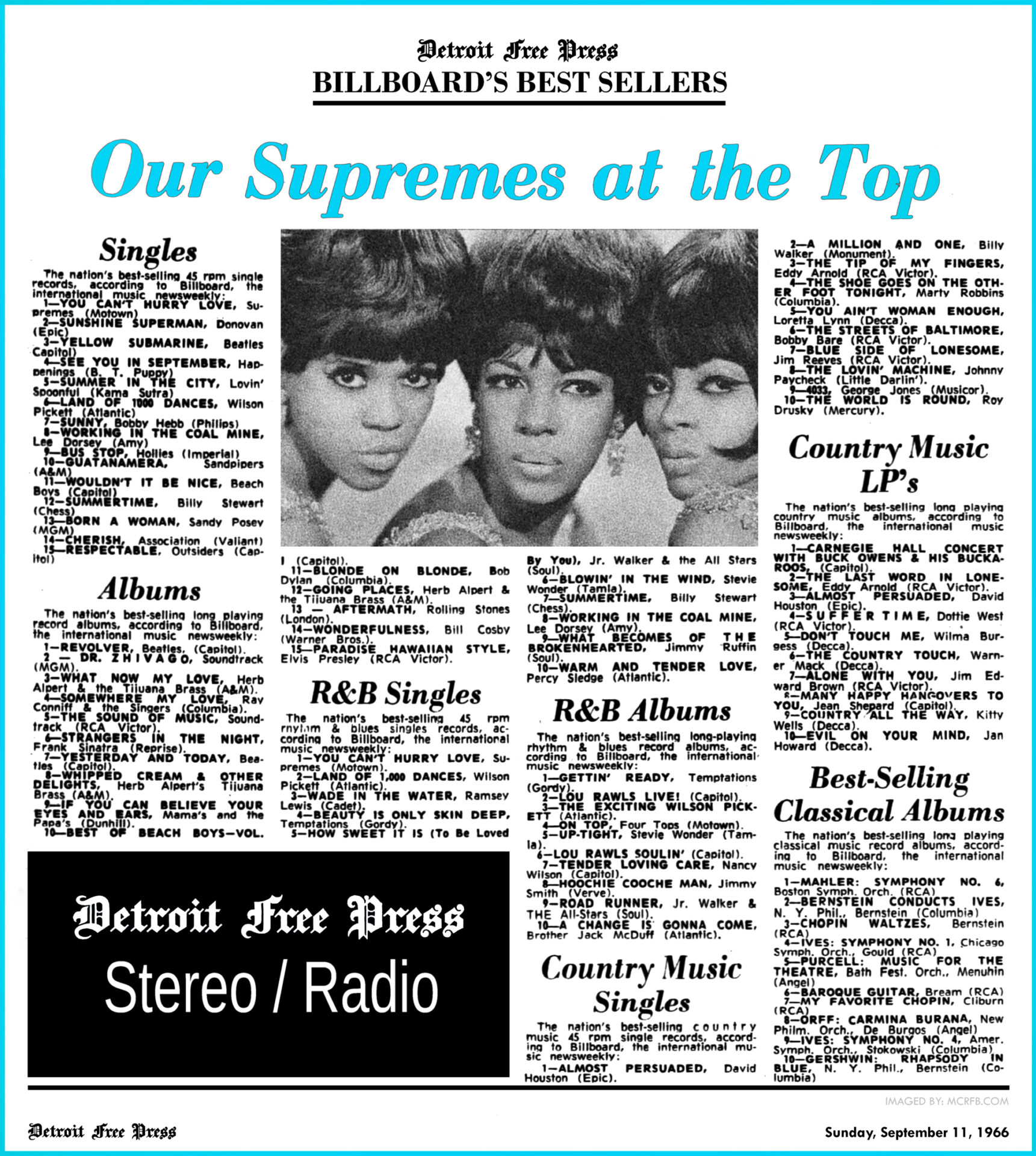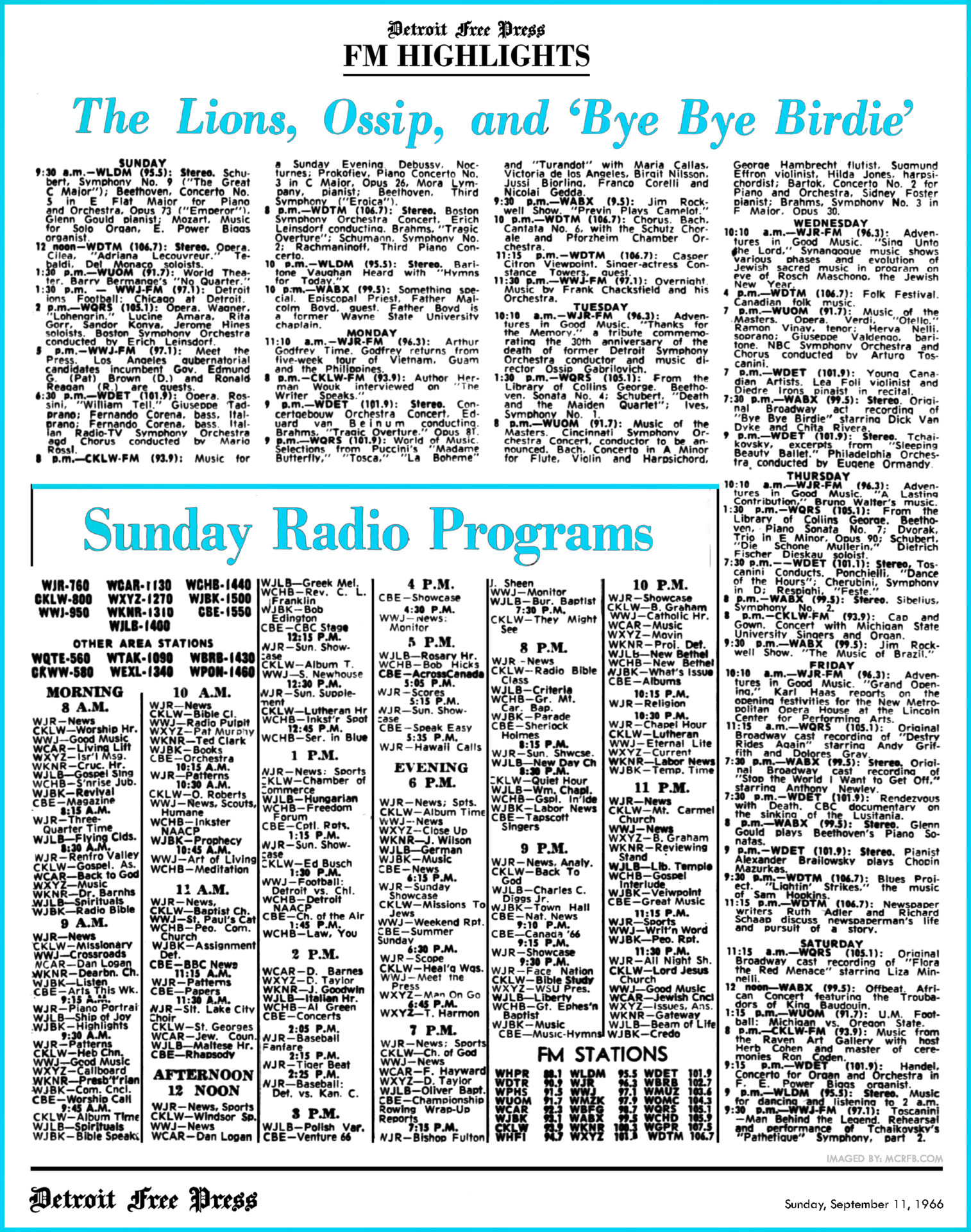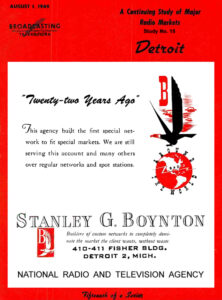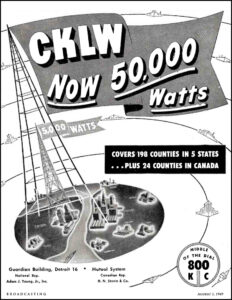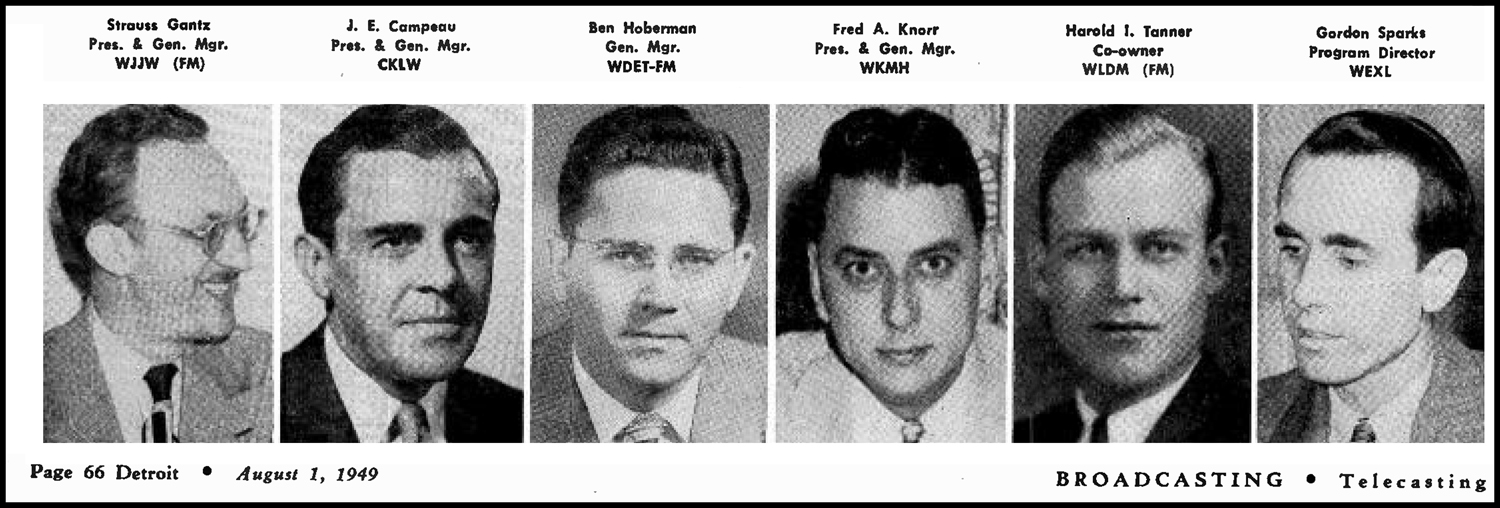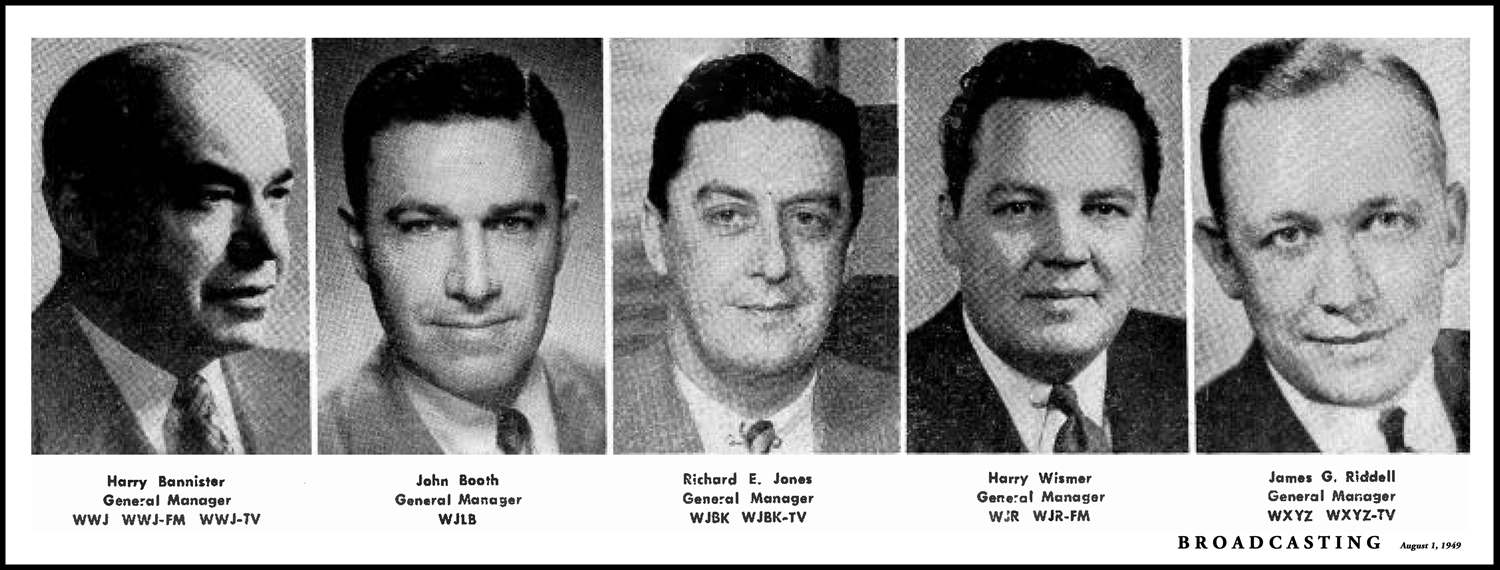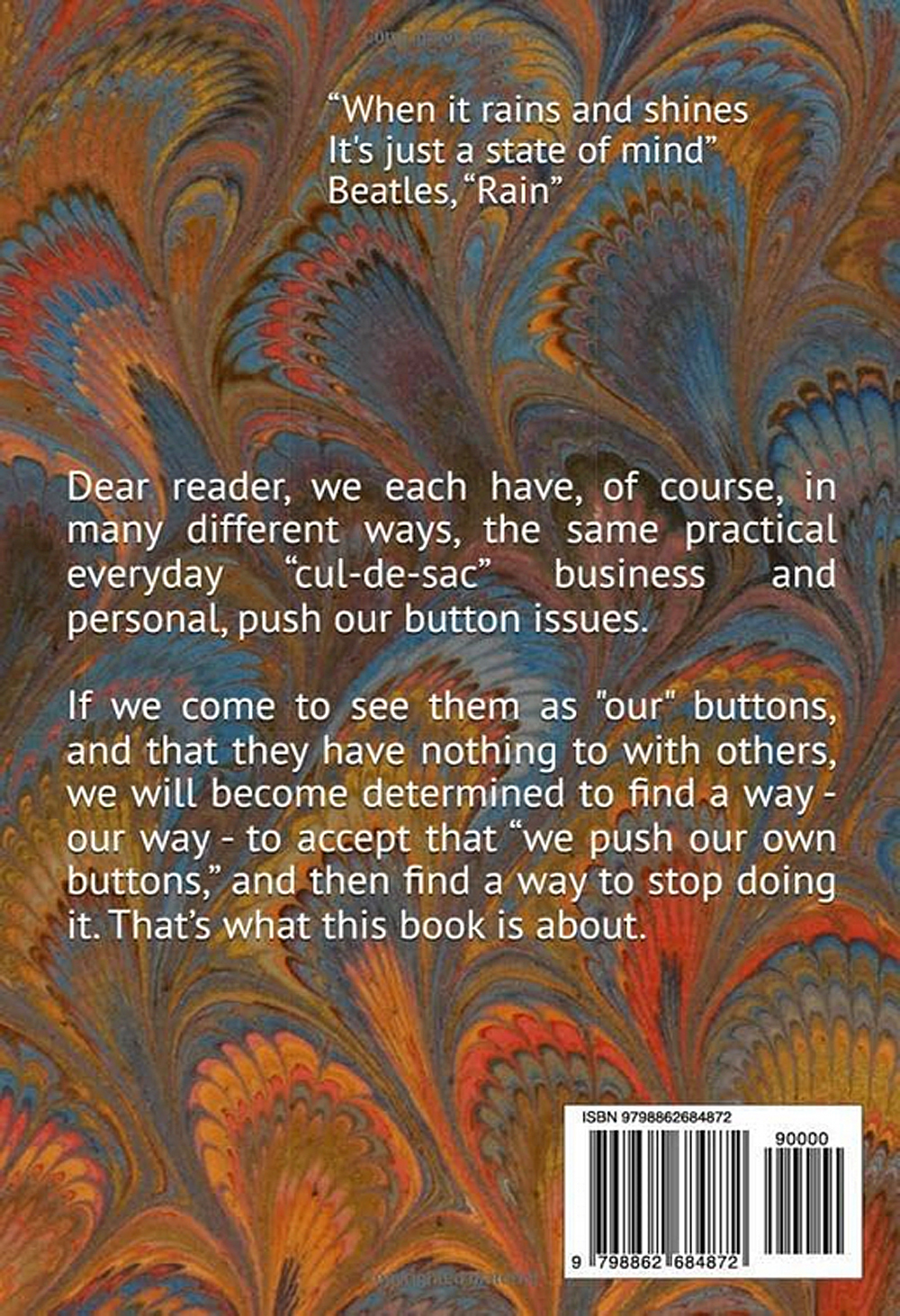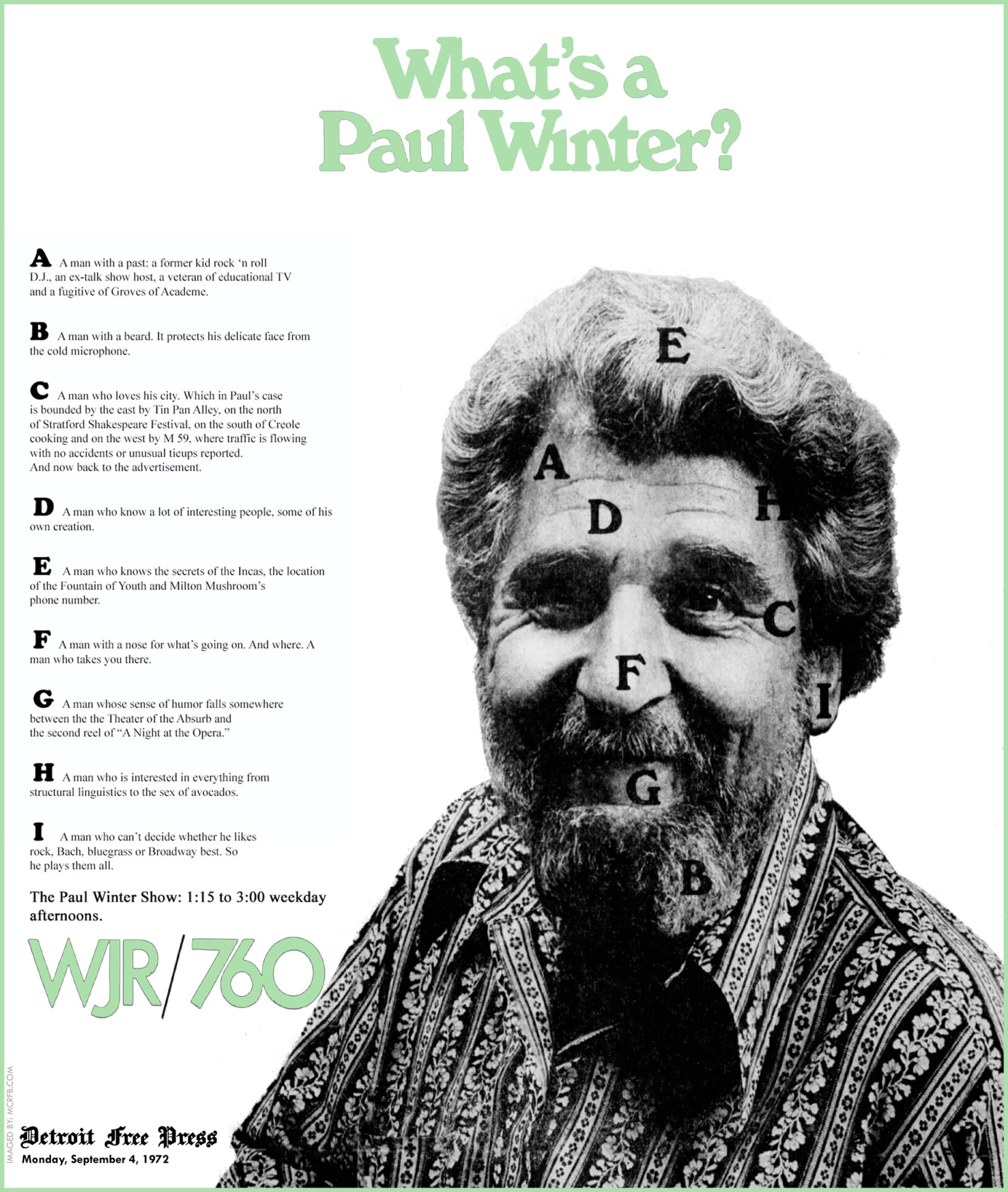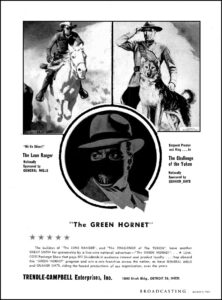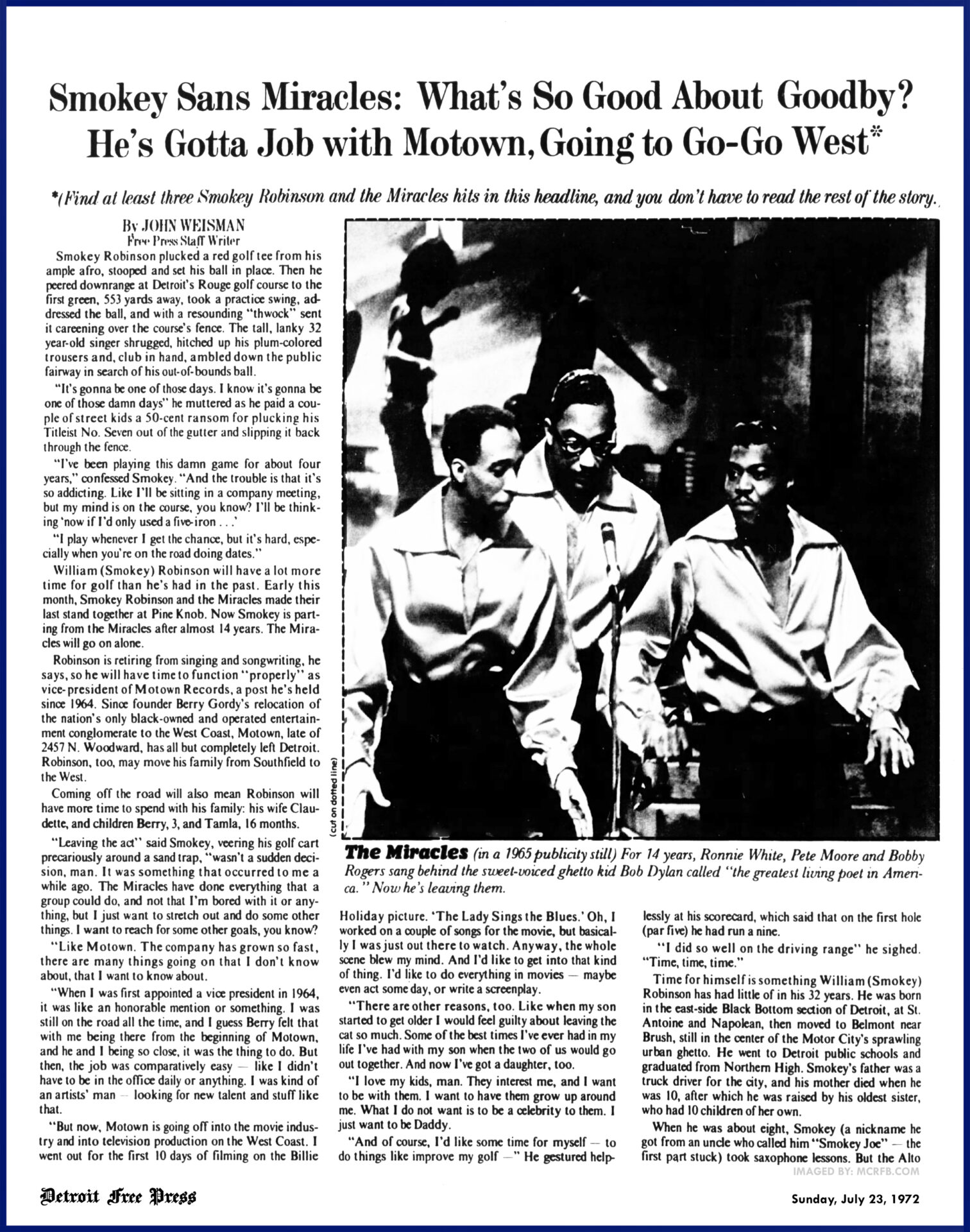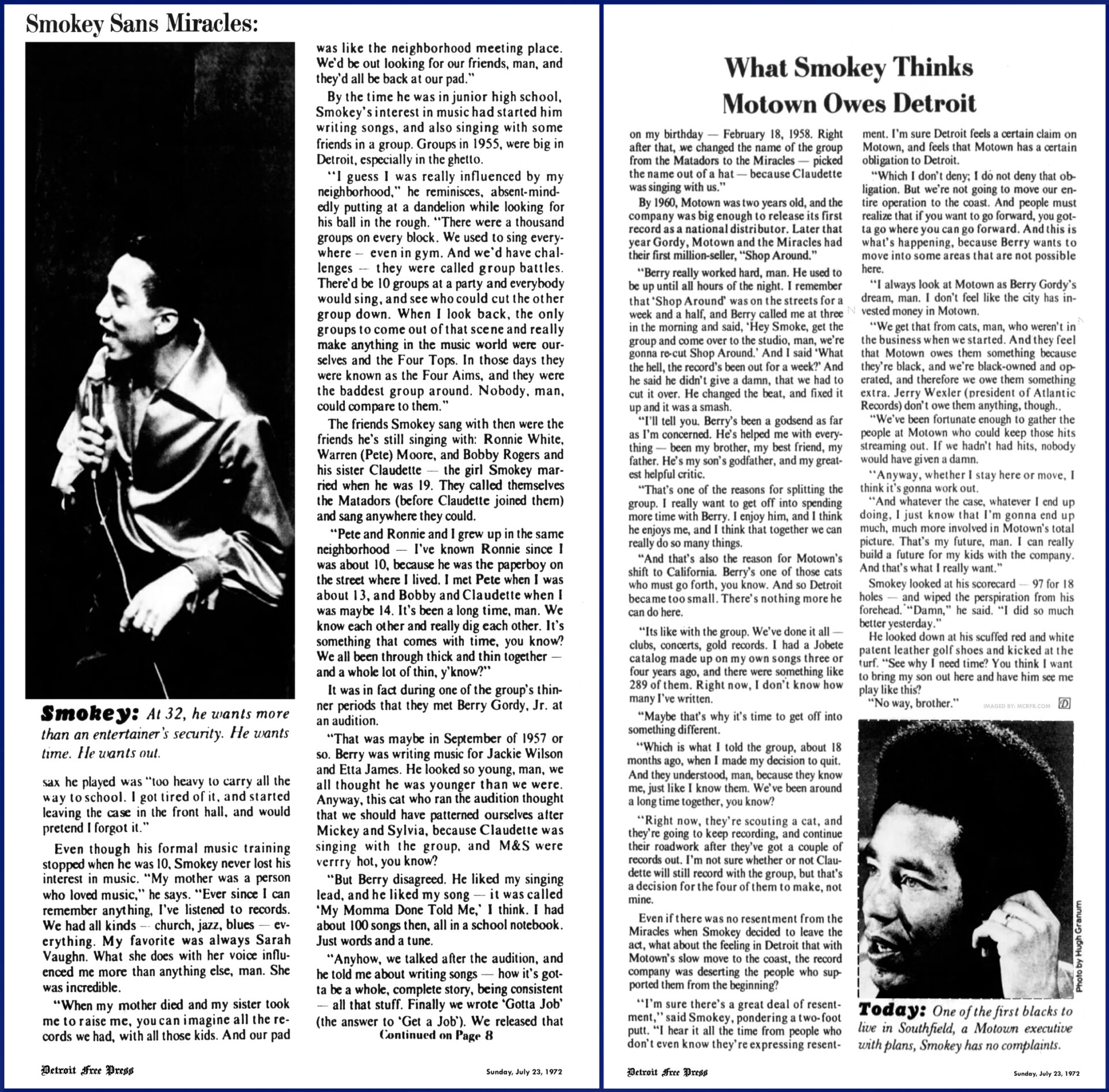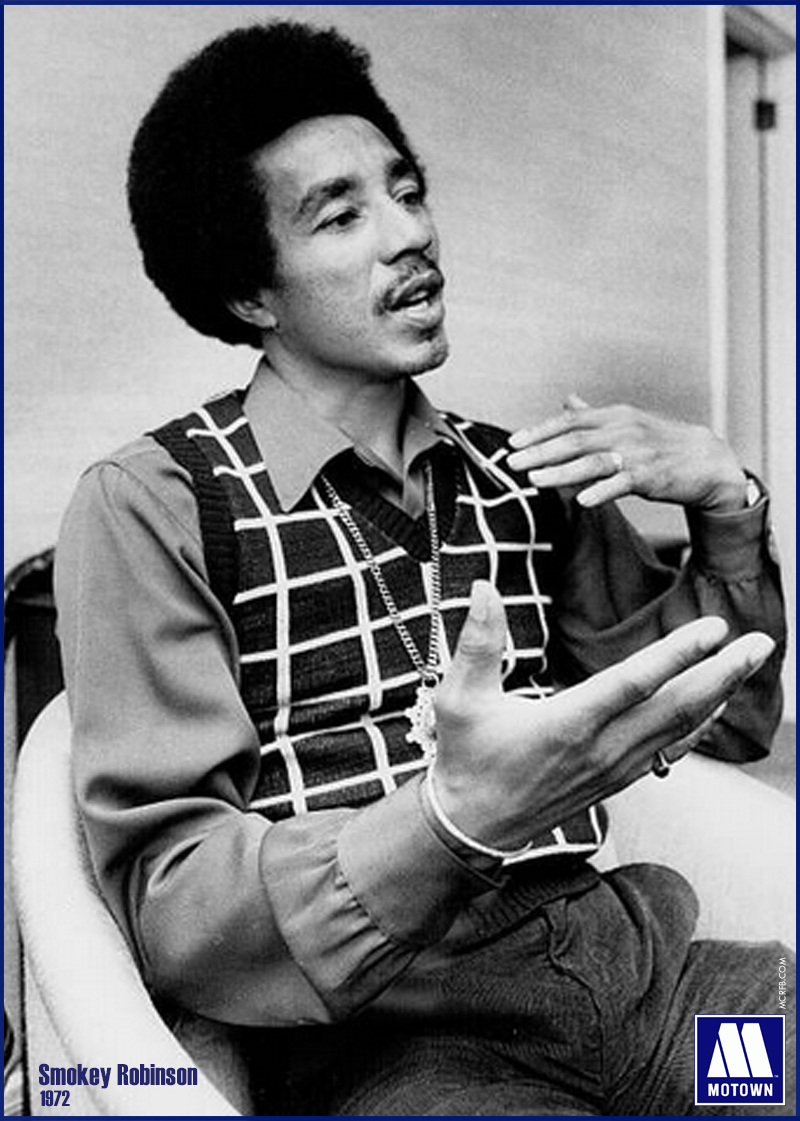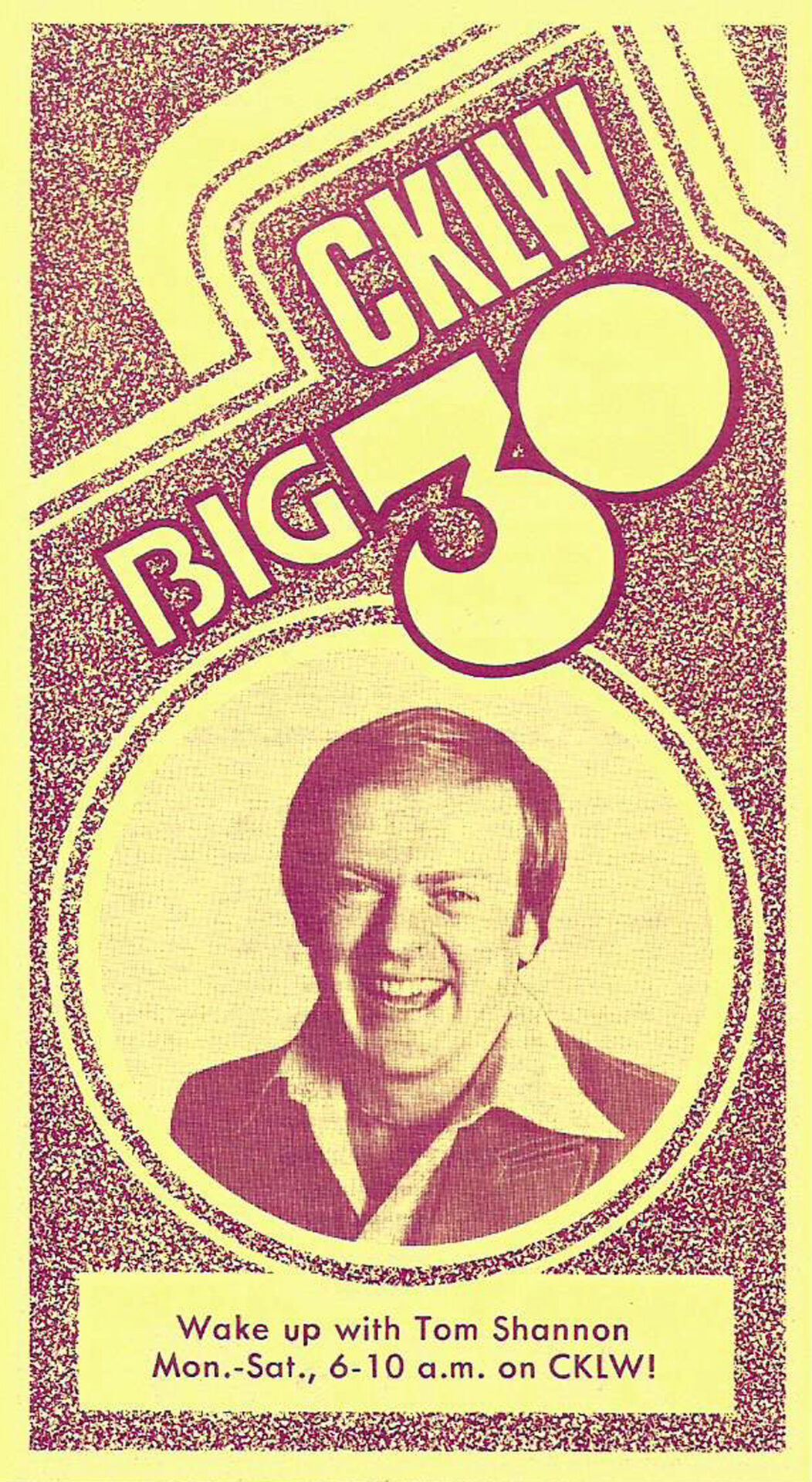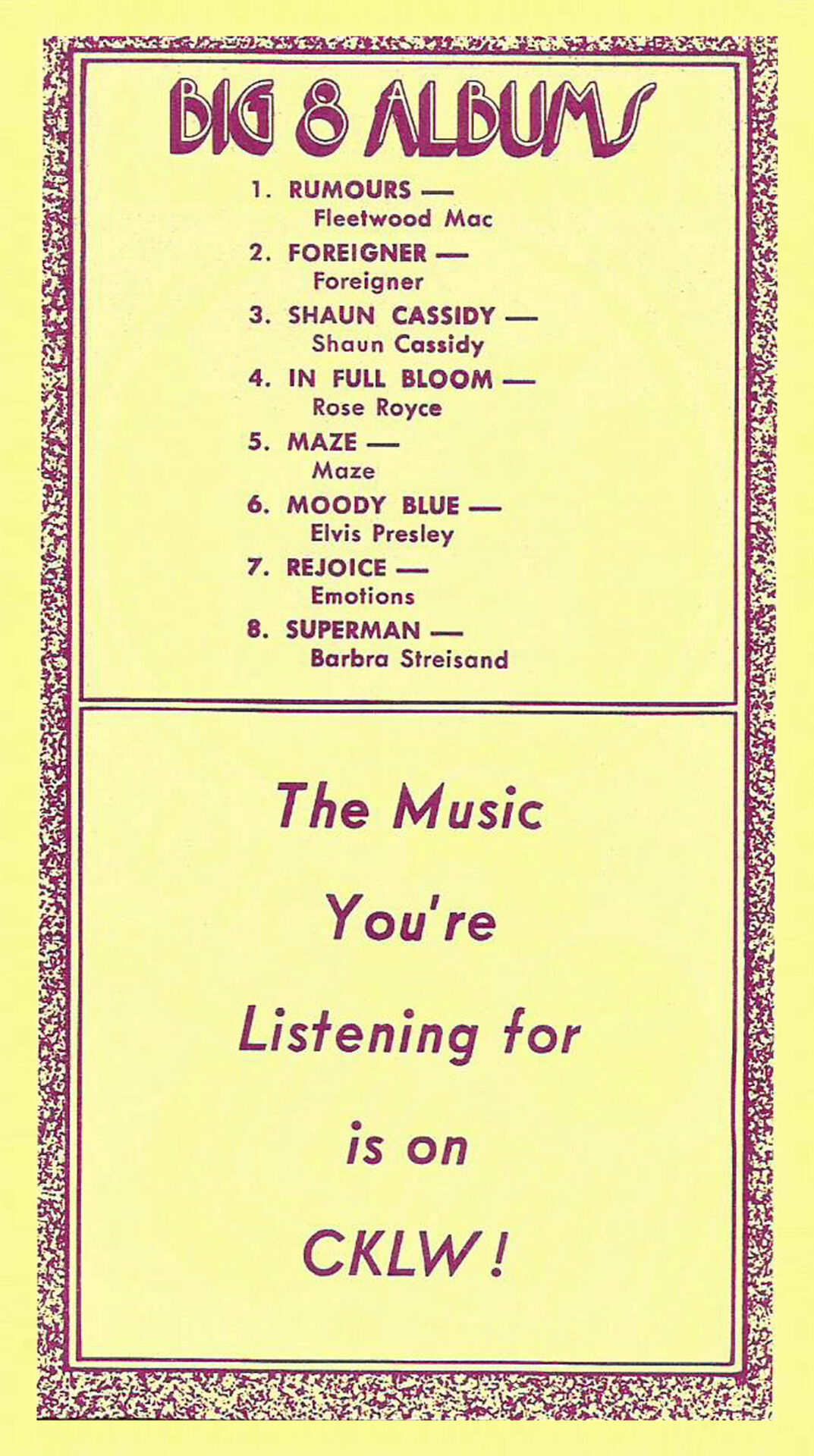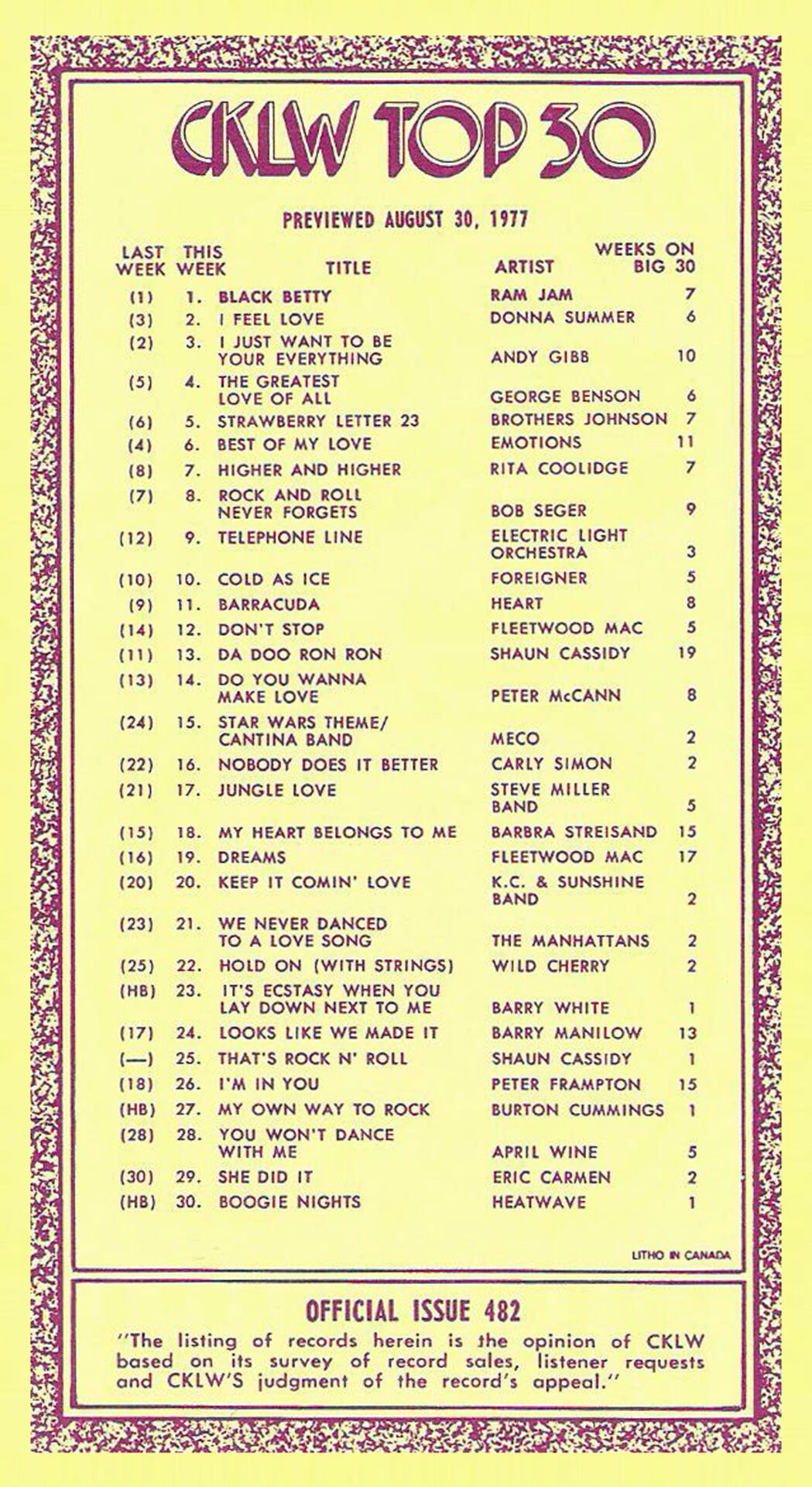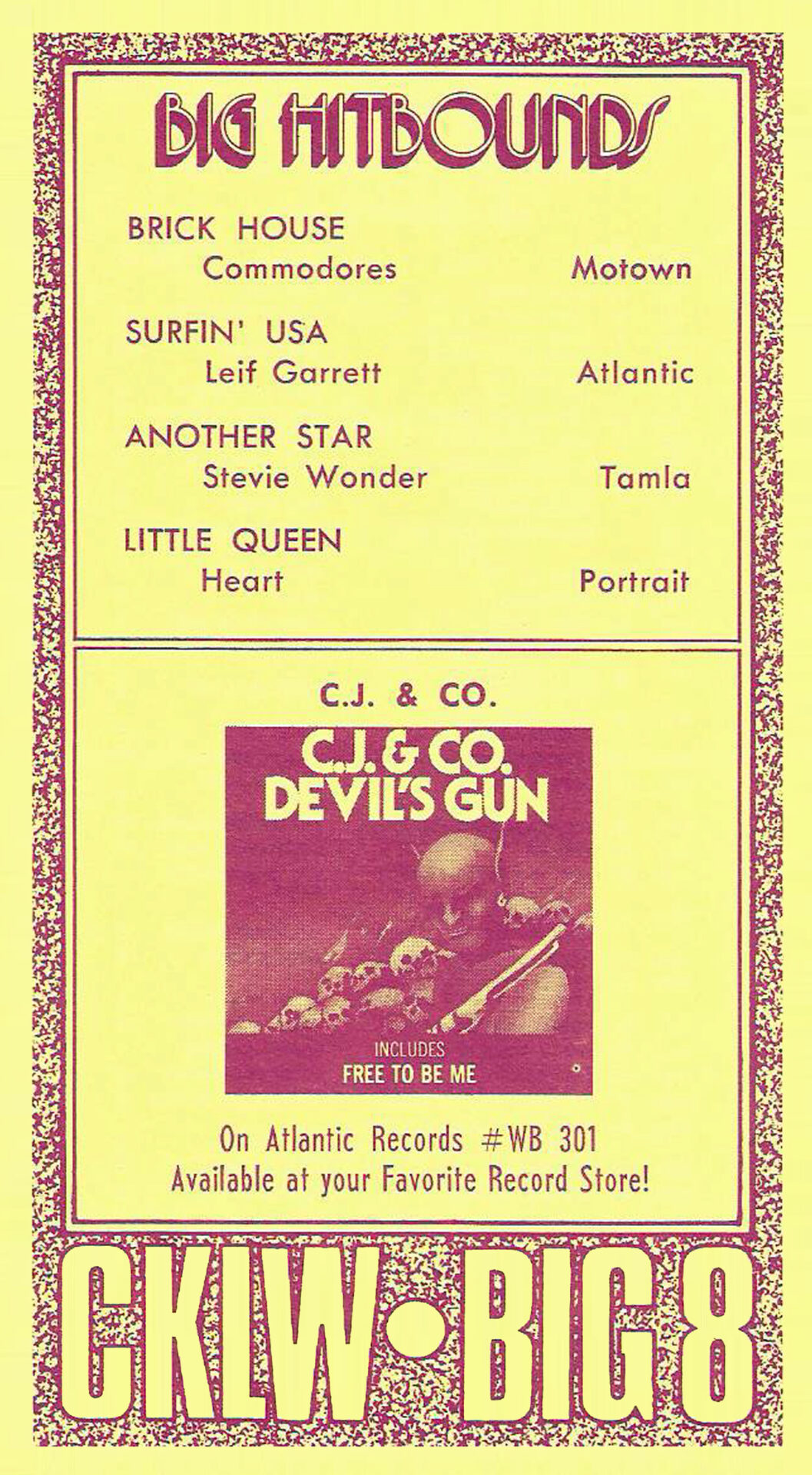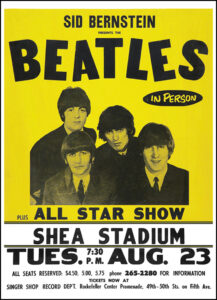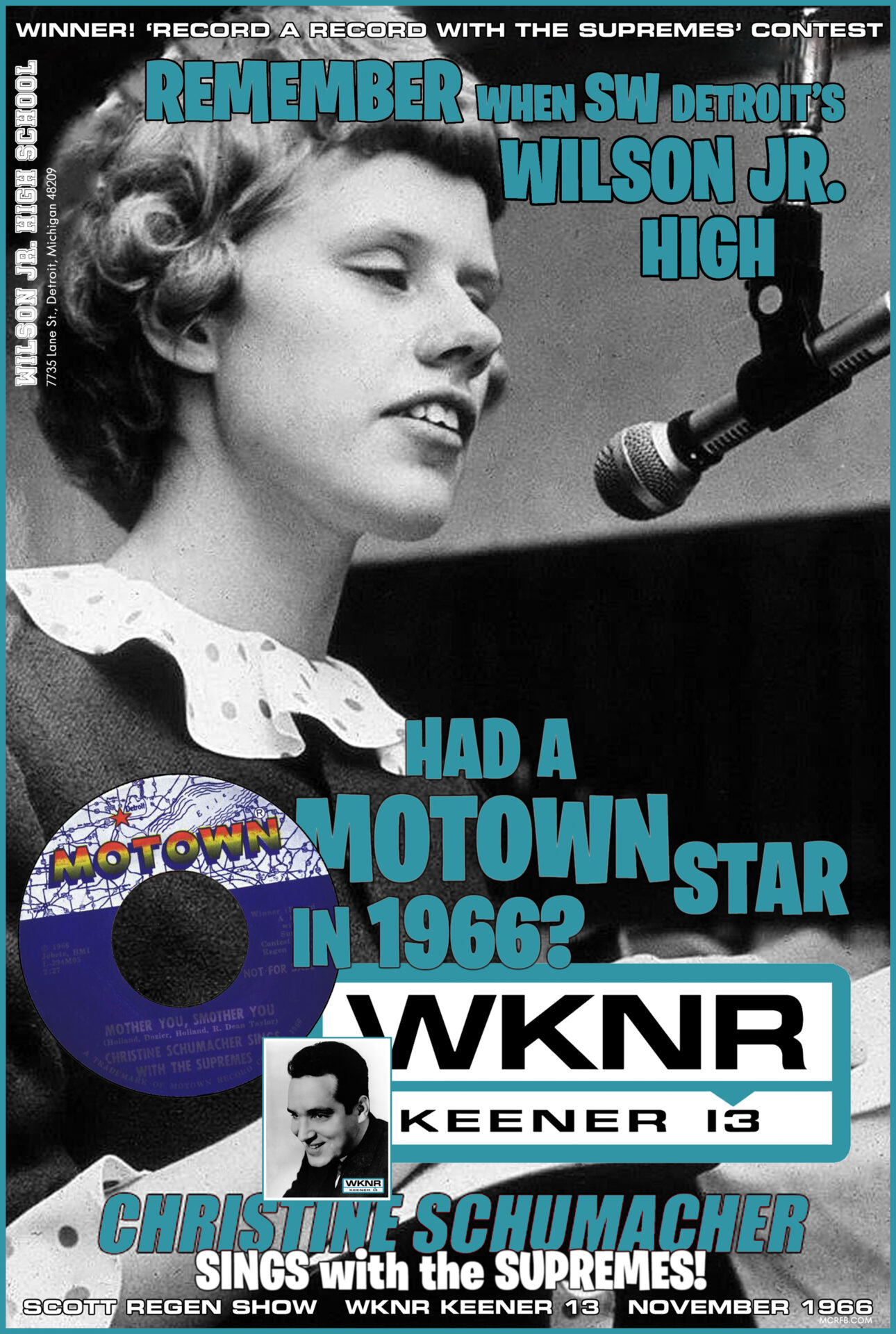
![]()
 Audio digitally remastered by Motor City Radio Flashbacks
Audio digitally remastered by Motor City Radio Flashbacks
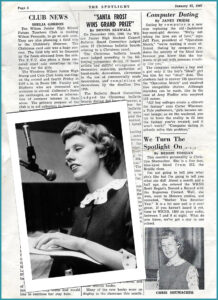
“This month’s personality is Christine Schumacher. She is a five foot, blue-eyed blond from Room 213, the Braille class.
I’m not going to tell you what she’s like but I’m going to tell you what she did! About a month and a half ago, she entered the WKNR Scott Regen‘s ‘Record A Record With The Supremes’ contest. Well, she won, went to Motown Studios, she recorded, “Mother You, Smother You.” It is a hit now and is it ever great.
If you haven’t heard it yet, tune to WKNR, 1300 on your radio, between 7 and 9 at night. What do you know, we’ve got a star in our school!”
![]()
![]()
![]()

![]()
![]()
 Audio digitally remastered by Motor City Radio Flashbacks
Audio digitally remastered by Motor City Radio Flashbacks
In 2015, I was immediately captivated when I came across the second page of Wilson Junior High School’s student newsletter, *The Spotlight*, dated January 27, 1967. This brief article, penned by Debbie Tosoain, was shared by Marilyn V. Harris, a Wilson alumna, in a Facebook post on May 15 within the Wilson Jr. High School group, where I am also a member. The piece evoked a fond memory of a well-known student who was at our school during that time.

In September 1966, I was new to Woodrow Wilson Junior High, having transitioned from Bennett Elementary School. At just 13 years old, like many of us were then, I started my three-year journey at Wilson, located on Lane Street in Southwest Detroit. After reading the Spotlight article, I was instantly reminded of Christine Schumacher, a prominent student who was there during my time at the school, from 1966 to 1969.
Most of us who attended Wilson would probably agree that Christine’s kindness, intelligence, and infectious wit left a lasting impact on everyone at the school. She was always eager to engage in conversations and her smile had a special way of winning over both students and the entire faculty during her time there.
Seeing her at various school events during our school years at the time, this article rekindled a special memory about her from late-1966. Christine, who was also blind, made the long journey from her home in Northwest Detroit (Sussex St.) to attend Wilson’s specialized classes for students with special needs, as was highlighted in the January 27, 1967 Spotlight issue from that time.
[MCRFB Note: Mouse click over (PC) or tap and stretch (mobile screen) over all images for largest digitized read.]

I vividly still recall the thrill that spread through the entire school when it was announced that it was Christine who had won the “Record A Record With The Supremes” contest, sponsored by WKNR and Motown Records. This contest was heavily promoted on Keener 13 for many weeks, late in the fall of 1966, most particularly during Scott Regen’s nightly show from 7 to 10 p.m. on WKNR.
During the course of our discussion about Christine and Motown (2015), a member of the Wilson group commened that she was 62 years old (then, she would be 71 today), and that she was alive and well, living in the east side of Dearborn, on Schaefer Rd., south of Michigan Ave. Post-Wilson, it was also mentioned she had pursued a career as a school teacher, focusing on working with impaired and special needs students throughout the years.

After some time, and as the discussions about Christine Schumacher on the Wilson Junior High School Facebook page (from May 15, 2015) came to a close, I, as a fellow group member, posted my final thoughts on June 5:
“To my fellow Wilson Junior High friends . . . I’ll be sharing more–something very special about Christine, Scott Regen (WKNR), and her recording with Motown on my website, Motor City Radio Flashbacks, soon. It will relate the very moment she was told she was the winner of the WKNR ‘Record A Record With The Supremes’ contest back in November 1966.”
I hope you’ll enjoy this special memory. For this was her remarkable moment, 58-years ago. When, in November 1966, she received the call from WKNR’s Scott Regen, congratulating her as the winner who would record with Motown’s Supremes—the #1 female group in the world at that time.
Wow. Christine Schumacher! While that event may have been a brief but memorable highlight for her (and for us at Wilson) at the time, she is fondly remembered, yet still today . . . our school’s very own Motown star. 🙂
![]()
 MCRFB Update: We recently reached out to Scottie Regen and he kindly provided some personal recollections about Christine and the ‘Record with the Supremes’ contest which he launched, in conjuction with Motown Records and Barney Ales, while at WKNR in October 1966 . . . from September 24, 2024, Scottie Regen, he writes:
MCRFB Update: We recently reached out to Scottie Regen and he kindly provided some personal recollections about Christine and the ‘Record with the Supremes’ contest which he launched, in conjuction with Motown Records and Barney Ales, while at WKNR in October 1966 . . . from September 24, 2024, Scottie Regen, he writes:
As for Christine being the winner, what happened was the idea struck me one night, and so I reached out to my friend, Barney Ales, the head of promotions at Motown at the time, to see what he thought about it, about the possibilities a contest with Motown records could take place for a lucky WKNR listener to record with the Supremes. He listened to my idea, he thought about it . . .and, he loved it!
I had a great time being present in the studio for that promotion. All the contest finalists (including Christine) were recorded at Golden World on Davison (in early-1966 G.W. became Motown Studio B), and Brian Holland—who produced hits for the Four Tops, the Supremes, and Martha and the Vandellas—managed everything for the contest. I really enjoyed collaborating with him. In hindsight, I think Motown viewed it as a talent search, and I wish they had taken it a bit further. Christine brought a sweet, innocent vibe, and she was truly amazed to have won the contest! –Robert Bernstein (Scottie Regen, WKNR)
![]()















